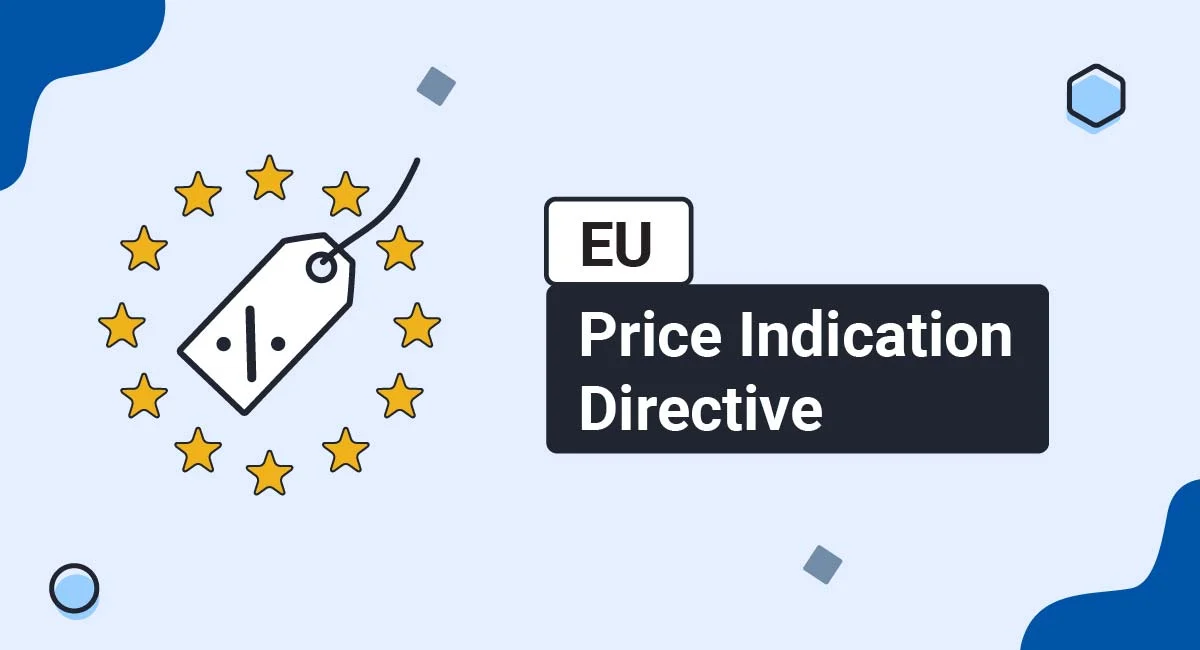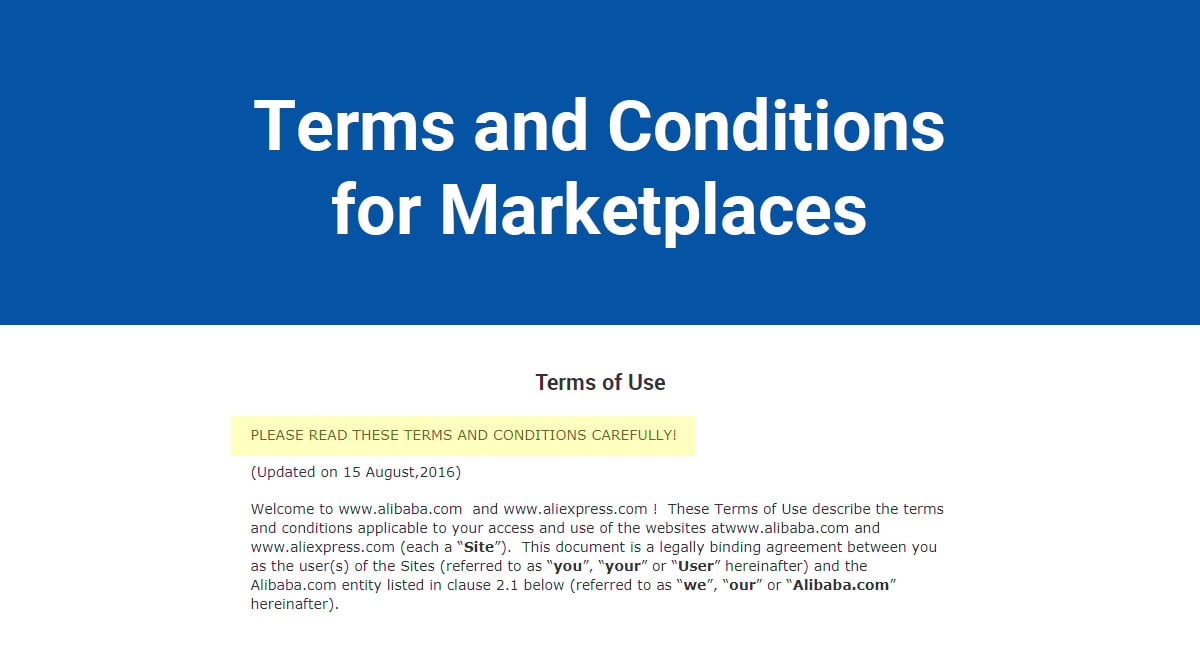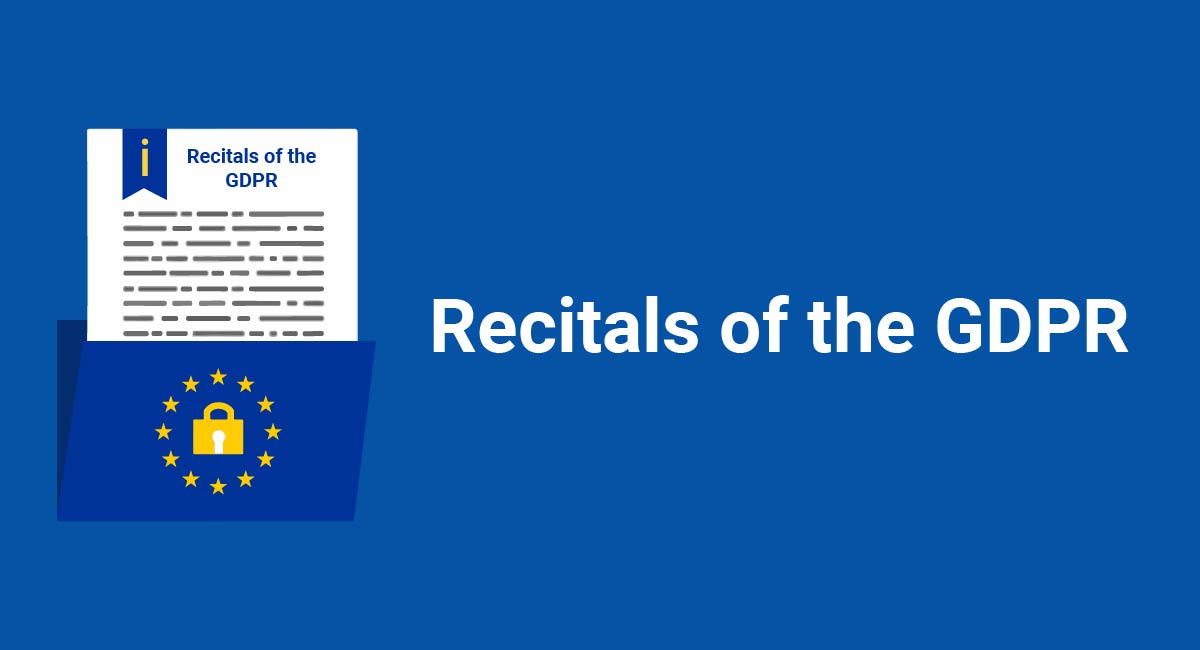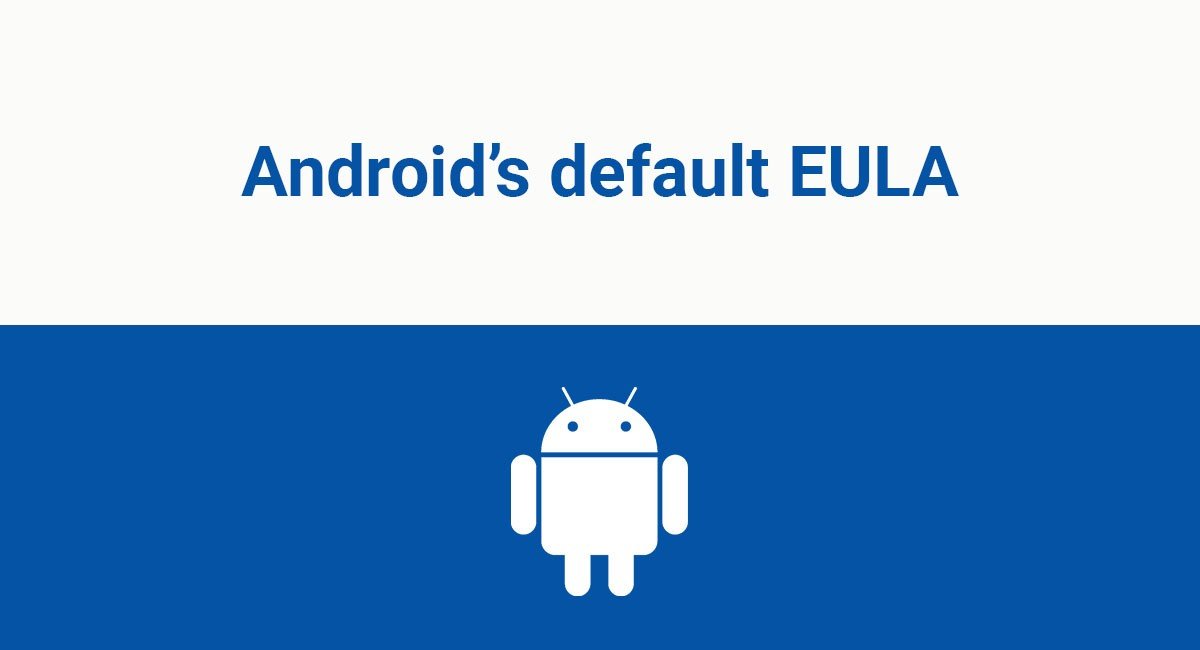The EU Price Indication Directive, or PID, is a piece of EU legislation that regulates how businesses provide pricing information to EU consumers.
The PID was amended under the EU Omnibus Directive to ensure transparent and standardized pricing practices within the EU, especially regarding price reduction announcements.
This article delves into the key aspects of the PID, including its purpose, who it applies to, what it requires, how to comply, and the penalties for non-compliance.
Let's get started.
- 1. What is the EU Price Indication Directive?
- 2. Who Does the EU Price Indication Directive Apply to?
- 3. Price Reduction Announcements - An Overview
- 3.1. Scope of Price Reduction Announcements
- 3.2. Exceptions to the EU Price Indication Directive (PID)
- 4. What Does the EU Price Indication Directive Require?
- 4.1. Indication of "Prior Price"
- 4.1.1. Where Should You Display the Prior Price?
- 4.2. Derogation From General Price Reduction Requirements
- 4.2.1. Perishable Products
- 4.2.2. New Arrival Products
- 4.2.3. Progressive Price Reductions
- 5. How to Comply With the EU Price Indication Directive Requirements
- 5.1. Conduct a Comprehensive Pricing Audit
- 5.2. Maintain a Detailed Pricing History
- 5.3. Display Price Reductions Clearly
- 5.4. Monitor Compliance Continuously
- 6. How Will the EU Price Indication Directive Be Enforced?
- 7. Penalties for Non-compliance with the EU Pricing Indication Directive
- 8. Summary
What is the EU Price Indication Directive?
The EU Price Indication or PID (Directive 98/6/EC) is a directive that requires businesses to provide clear and accurate information about product prices to EU consumers. It was introduced in February 1998, and its revised provisions went into effect on May 28, 2022.
EU Price Indication Directive (PID) represents a significant step forward for EU consumer protection. It empowers consumers to make well-informed purchasing decisions while requiring businesses to uphold transparent pricing standards.
Specifically, businesses must indicate the following details in an "unambiguous, easily identifiable and clearly legible manner":
- Selling price - The final price for a given quantity of a product (including VAT and other taxes)
- Unit price - The price per unit of measurement (if applicable)
- Any additional charges, such as delivery or shipping costs
Since the PID is a directive, EU member states have adapted its provisions into their respective legal frameworks, triggering some variations in implementation.
EU Price Indication Directive (PID) ultimately aims to eliminate deceptive pricing practices among businesses, particularly when it comes to price reduction announcements.
Who Does the EU Price Indication Directive Apply to?
EU Price Indication Directive (PID) applies to traders who target EU consumers to sell products. Let's unpack this.
First, a trader under the directive is:
"any natural or legal person who sells or offers for sale products which fall within his commercial or professional activity"
In essence, the EU Price Indication Directive (PID) only applies to the commercial sale of products. Businesses that offer services and digital content are, therefore, exempt. However, they may be subject to a corresponding EU directive, the Unfair Commercial Practices Directive (UCPD).
On the other hand, "targeting EU consumers" generally entails actions like:
- Supporting payments in EU currency (e.g., Euro, Romanian Leu, etc.)
- Providing EU language options (e.g., Finnish, German, etc.)
- Shipping to EU member states
EU Price Indication Directive (PID) covers multiple sales channels, including brick-and-mortar retail stores and online platforms. It also only applies to traders who sell directly to consumers (i.e., B2C retailers) rather than intermediaries like online marketplaces.
Intermediaries only become subject to the PID when they're the actual sellers or sell on a trader's behalf.
Price Reduction Announcements - An Overview
As mentioned, the EU Price Indication Directive (PID)'s most relevant focus for businesses is on price reduction announcements.
To help businesses correctly interpret and apply the directive, the European Commission released the PID Guidance. Let's take a closer look at what it entails.
Scope of Price Reduction Announcements
The EU Price Indication Directive (PID) Guidance clarifies the types of price reductions/promotional statements covered under the directive. They are as follows:
- A percentage or fixed amount price reduction (e.g., "10% off" or "€10 off")
- Presenting a new, lower price beside the previously higher price (e.g., "now €50, was €100")
- Using a strikethrough (e.g., "EUR 50/
EUR 100") - Any promotional strategy that indicates a price reduction (e.g., special offers, Black Friday deals, "Buy today without paying the VAT," etc.)
- Displaying the current price as the "starting price" which implies that the future price will be higher (e.g., "Buy now at €50 before the increase to €100 next week")
Keep in mind that price reduction announcements apply both to specific products in your collection and general promotional announcements.
Here's how the EU Price Indication Directive (PID) Guidance outlines these provisions:
Exceptions to the EU Price Indication Directive (PID)
The EU Price Indication Directive (PID) exempts specific circumstances and promotional offers from its scope. They include the following:
- Price fluctuations or decreases that don't involve a promotional reduction (e.g., price change due to costs)
- Long-term deals that allow consumers to benefit systematically from discounts (e.g., loyalty programs)
- Personalized price reductions based on consumers' information or shopping behavior (e.g., birthday coupons)
- Price comparisons without an actual reduction (e.g., comparing your price with a manufacturer's suggested price or competitors')
- Tied conditional offers (e.g., "buy one get one free" or "enjoy 20% off when buying three")
- General marketing claims about price benefits that don't indicate a price reduction. (e.g., "lowest price" or "best price")
Note: The PID applies if personalized price reductions and loyalty programs are (in reality) available to all consumers despite being advertised as personal offers.
What Does the EU Price Indication Directive Require?
Article 6a of the EU Price Indication Directive (PID) sets out distinct requirements for businesses when announcing price reductions to consumers. It also gives EU member states the flexibility to modify certain aspects of its provisions during their national implementations:
It reads:
Article 6a
1. Any announcement of a price reduction shall indicate the prior price applied by the trader for a determined period of time prior to the application of the price reduction.
2. The prior price means the lowest price applied by the trader during a period of time not shorter than 30 days prior to the application of the price reduction.
3. Member States may provide for different rules for goods which are liable to deteriorate or expire rapidly.
4. Where the product has been on the market for less than 30 days, Member States may also provide for a shorter period of time than the period specified in paragraph 2.
5. Member States may provide that, when the price reduction is progressively increased, the prior price is the price without the price reduction before the first application of the price reduction;
Let's take a closer look at these requirements.
Indication of "Prior Price"
When a business offers a price reduction, it must clearly indicate the "prior price." According to the PID, the prior price is the lowest price for which a product was sold 30 days or more before the reduction.
This obligation serves to discourage businesses from artificially inflating their original prices to make discounts appear more significant.
For instance, suppose your current selling price for a particular product is EUR 120, and the lowest price within the last 30 days was EUR 100.
If you decide to announce a 20% price reduction, you must calculate the reduction from EUR 100, not EUR 120. This way, the new selling price becomes EUR 80 rather than EUR 96.
Here's an example of how this can look:
Here's another way to do this:
As long as the strikethrough price is indeed the lowest price from the last 30 days, this promotion is PID-compliant.
Here's another example:
And one more:
It's worth noting that you can indicate other reference prices when announcing price reductions as long as they're clearly explained and don't confuse or draw consumers' attention from prior prices.
Where Should You Display the Prior Price?
The EU Price Indication Directive (PID) states that prior prices must be displayed at the point of sale. This can be the product's price tag in your physical store or individual product pages on your online store.
Here's an example of how this can be displayed, from Amazon. Note that the prior price is listed at the point where you can add the item to your cart for purchase:
Here's another way to show prior price, whether it has been an increase or decrease:
Notably, the PID distinguishes between sales channels when displaying prior prices. For instance, if you offer discounts on your online store, you only need to consider the prior prices shown online, not the in-store pricing.
Derogation From General Price Reduction Requirements
Since the EU Price Indication Directive (PID) allows EU member states to set their own rules in some instances, it's crucial to understand the specific provisions in the EU country where you operate.
For more information on country-specific rules, check out the Consumer Law Database.
Let's briefly examine the PID derogations.
Perishable Products
The EU Price Indication Directive (PID) allows member states to set different rules for products that are liable to deteriorate or expire quickly (e.g., fresh fruits).
Note that "expire" in this sense only applies to a product's physical properties rather than its commercial value (as in the case of seasonal clothing).
Member states may waive the prior price requirement entirely for perishable products. Alternatively, they may allow businesses to indicate their current price as the prior price when offering a reduction.
New Arrival Products
If a product has been on the market for less than 30 days, the EU Price Indication Directive (PID) allows member states to set a "shorter period of time" when calculating the prior price.
The EU Price Indication Directive (PID) Guidance provides that member states can either:
- Define a specific period to calculate prior prices
- Allow businesses to determine the period themselves
In the second scenario, the fairness of price reduction announcements will be assessed case-by-case under the UCPD.
Progressive Price Reductions
Suppose a business gradually reduces a product's price without interruption as part of the same sales campaign. In that case, member states can decide that the prior price remains the same despite reductions.
For instance, if a product's prior price is EUR 100 and you announce a 10% reduction during a sales campaign, you can maintain the same prior price of EUR 100 for subsequent reductions of 20% and 30%.
How to Comply With the EU Price Indication Directive Requirements
In light of the EU Price Indication Directive (PID)'s requirements and the complexity involved, we recommend engaging relevant experts and seeking legal counsel to ensure accuracy and mitigate risks (especially for complex scenarios or multi-market operations).
That said, here are some significant measures to put in place.
Conduct a Comprehensive Pricing Audit
To start, you need to review your current pricing policy and practices across your webshops and channels that target EU consumers.
In particular, you must assess whether your price displays align with the directive's requirements. If they don't, take stock of which key areas you need to address to become compliant.
Maintain a Detailed Pricing History
To ensure accurate prior price displays, it's vital to maintain a meticulous record of your pricing history. This not only allows you to optimize your pricing strategies but can also help resolve potential disputes.
While you don't have to keep records in a graph format, here's an example of how price histories can be recorded:
Note that your pricing history applies separately for each product category and sales channel (i.e., in-store and online).
Display Price Reductions Clearly
Next up is the actual displays of your price reduction. Start by choosing any of the promotional approaches outlined in the EU Price Indication Directive (PID) (percentage, fixed price, strikethrough, etc.)
Combining approaches is fine as long as you accurately display your selling and prior prices without confusing consumers.
If you operate within an online marketplace, you'll likely only need to submit complaint prices without handling the technical implementation. However, you still need to maintain a pricing history.
Let's look at some examples of EU Price Indication Directive (PID)-compliant price displays.
Here's a Walmart product listing that depicts a fixed-amount price reduction. The listing clearly outlines the product's current selling price, the prior price, and a reference price showing the amount saved:
Again, as long as the strikethrough price is indeed the lowest price from the last 30 days, this promotion is PID-compliant.
Here's another example from an Etsy listing that indicates a percentage price reduction and displays both the selling and prior price:
Similarly, a Zalando product listing presents the required prices while including the term "Originally" to allow consumers compare prices:
Monitor Compliance Continuously
Finally, it's crucial to stay informed on the EU Price Indication Directive (PID) and regularly monitor the national provisions of the EU country where you operate.
Moreover, conducting periodic assessments of your price displays is a smart move to maintain ongoing compliance and avoid surprises.
How Will the EU Price Indication Directive Be Enforced?
The national authorities of each EU member state are responsible for enforcing the PID's provisions and imposing penalties.
When enforcing the EU Price Indication Directive (PID), member states will consider the following:
- The nature, seriousness, and length of violations
- Steps taken to reduce harm to consumers
- Previous violation(s) of the business
- The profits earned or money saved by the business due to the violation (if available)
- Penalties imposed on the business for the same offense in other EU countries
- Other relevant factors that make the case better or worse
EU Price Indication Directive (PID) violations can be reported by anyone, including individual consumers, competitors, and dedicated consumer groups.
Case in point, a leading French consumer group, UFC-Que Choisir, has filed a formal complaint against eight ecommerce websites, including Amazon, for misleading commercial practices regarding false promotions and labels.
While the penalties remain to be seen, this case highlights the seriousness of non-compliance with the PID's provisions.
Penalties for Non-compliance with the EU Pricing Indication Directive
Non-compliant businesses risk facing a similar penalty framework as those established under the General Data Protection Regulation (GDPR).
Accordingly, fines for EU Price Indication Directive (PID) violations can get as high as 4% of a business's annual turnover. If the business's turnover information isn't available, the maximum fine is set at €2 million.
Summary
The Price Indication Directive was designed to foster transparency in pricing and promote fair practices across the EU retail market. Specifically, the directive requires businesses to provide EU consumers with clear and accurate pricing information.
The EU Price Indication Directive (PID) applies to B2C traders, regardless of their location, who target EU consumers to sell products. It also applies across multiple retail contexts, including online platforms and brick-and-mortar enterprises.
To comply with the EU Price Indication Directive (PID), traders must indicate the prior price (i.e., the lowest price for which a product is sold during the previous 30 days) when announcing price reductions to consumers. They must also display the corresponding selling and unit prices (where applicable).
Ultimately, the EU Price Indication Directive (PID) aims to prevent manipulative pricing practices while empowering consumers to make informed purchasing decisions through accurate price comparisons.

Comprehensive compliance starts with a Privacy Policy.
Comply with the law with our agreements, policies, and consent banners. Everything is included.



